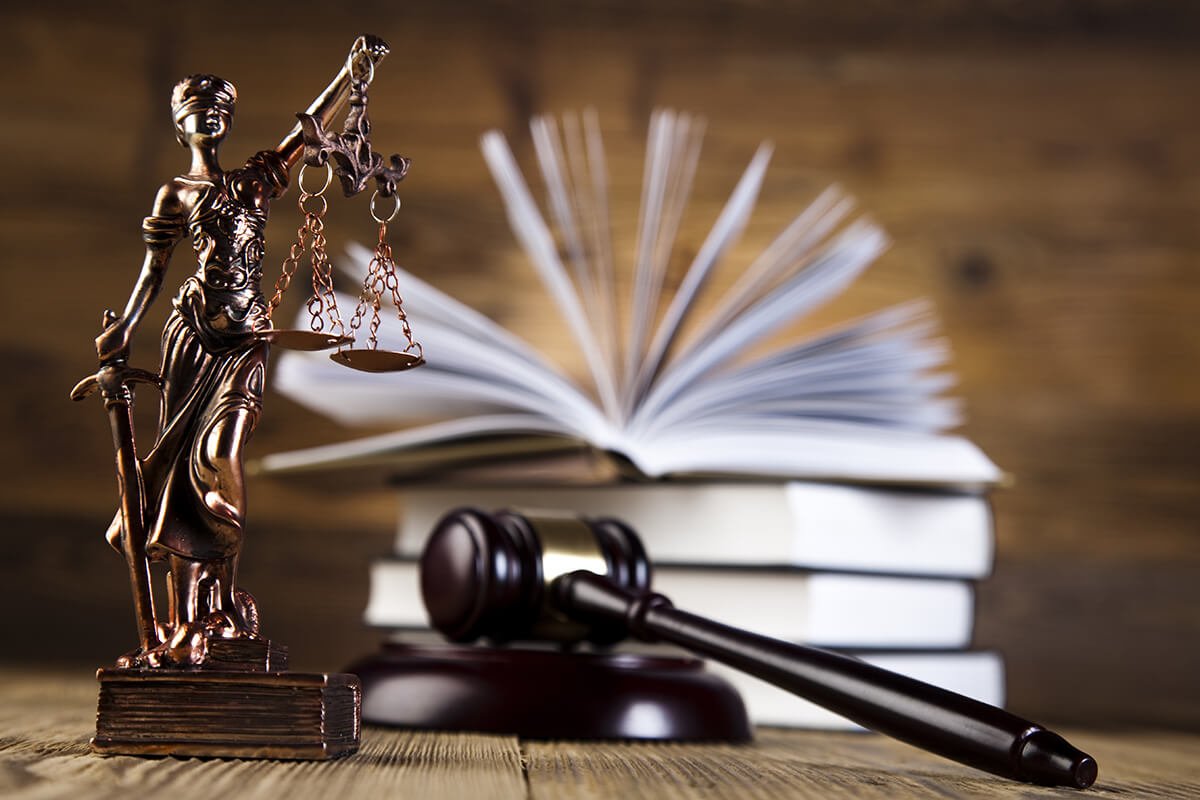Legal aspects of organization and functioning of military medical institutions
1. Introduction
Military medical facilities play a critical role in ensuring the health and treatment of military personnel during armed conflict and peacetime. Their activities are regulated by both national legislation and international law, in particular International Humanitarian Law (IHL).
2. International legal acts
2.1 Geneva Conventions
- The First Geneva Convention (1949): Protects the wounded and sick in the armed forces on the battlefield, as well as medical personnel, facilities and transportation.
- The Second Geneva Convention (1949): Protects the wounded, sick and shipwrecked in armed forces at sea.
- Additional Protocol I (1977): Protects victims of international armed conflicts, including medical personnel and facilities.
2.2 Hague Conventions
- The Hague Conventions (1899 and 1907): Regulate the means and methods of warfare, including the protection of medical facilities and personnel.
3. 3. national legislation
3.1 Laws on Defense and the Armed Forces
- Main provisions: National defense laws regulate the organization and functioning of military medical institutions, including their rights and responsibilities.
- Military regulations: Military regulations detail the rules and procedures for providing medical care to military personnel.
3.2 Laws on health care
- Standards of medical care: National health care laws set standards of care that military medical facilities must adhere to.
- Licensing and accreditation: Military medical facilities must comply with the licensing and accreditation requirements established by national law.
4. Organization of military medical institutions
4.1 Structure and functions
- Military hospitals: The main medical institutions that provide comprehensive medical care to military personnel.
- Field medical stations: Temporary medical facilities located directly in the combat zone to provide first aid.
- Medical evacuation units: Units that provide transportation of the wounded and sick to medical facilities.
4.2 Personnel
- Medical personnel: Doctors, nurses, paramedics and other medical personnel who provide medical care to military personnel.
- Support staff: Personnel who provide support for medical operations, including logistics, supply, and administrative support.
5. Functioning of military medical institutions
5.1 Provision of medical care
- Emergency assistance: Providing first aid on the battlefield and evacuating the wounded to medical facilities.
- Inpatient treatment: A full range of medical services, including surgery, therapy and rehabilitation.
5.2 Prevention and sanitary control
- Preventive measures: Vaccinations, regular medical examinations, and other preventive measures.
- Sanitary control: Ensuring sanitary and hygienic conditions in wartime
- Sanitary control: Ensuring sanitary and hygienic conditions in military units, hospitals and on the battlefield to prevent the spread of infectious diseases.
6. Protection of military medical facilities and personnel
6.1 Protection under international humanitarian law
- Inviolability of medical facilities: In accordance with the Geneva Conventions, military medical facilities and personnel must be protected from attack and hostile action.
- Medical emblem: The Red Cross, Red Crescent, or Red Crystal is used to mark and protect medical facilities and vehicles.
6.2 Responsibilities of the belligerents
- Prohibition of the use of medical institutions for military purposes: Military medical facilities should not be used for military operations or to conceal military objectives.
- Access to medical care: All parties to the conflict must ensure unimpeded access to medical care for the wounded and sick.
Perhaps you will be interested in the services of our platform: consultation of a lawyer, consultation of a lawyer, analysis of documents, legal analysis of the situation, legal analysis of the situation, written consultation, verification of documents by a lawyer, legal analysis of documents, lawyer online, lawyer online, legal opinion, legal opinion of a lawyer, legal opinion, legal analysis, lawyer's consultation, document analysis, legal opinion of a lawyer, lawyer in Ukraine, lawyer in Kyiv.
7. Liability for violations
7.1 War crimes
- Criminal liability: Violations of the protection of military medical facilities and personnel may qualify as war crimes, which are subject to criminal liability.
- International Criminal Court (ICC): The ICC has jurisdiction to try war crimes cases, including attacks on medical facilities and personnel.
7.2 National courts
- Judicial accountability: National courts can hear cases of violations of the rights of military medical institutions and bring perpetrators to justice.
- Compensation for damage: Military medical institutions can claim compensation for damage caused during armed conflict.
8. 8. Challenges and prospects
8.1 Challenges in armed conflicts
- Difficulty in complying with IHL norms: In modern armed conflicts, it is often difficult to comply with IHL norms on the protection of medical facilities and personnel.
- Problems with access to medical care: Difficulties in accessing medical facilities in conflict zones can lead to an increase in the number of casualties among the wounded and sick.
8.2 Development prospects
- Strengthening international cooperation: Strengthened international cooperation and support from international organizations can help improve the protection of military medical facilities.
- Raising awareness: Raising awareness among military and civilians about IHL and the importance of protecting health facilities can improve their safety.
Conclusion
Military medical facilities play a key role in ensuring the health and treatment of military personnel. Their activities are regulated by both international humanitarian law and national legislation. Ensuring the protection of medical facilities and personnel is an important task that requires constant monitoring, cooperation and awareness of international law.

































